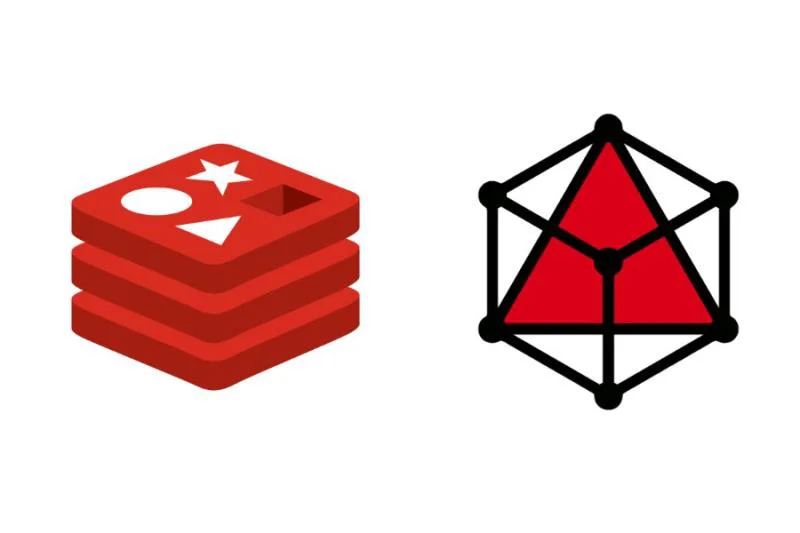Redis and KeyDB are both in-memory, key-value store databases with a focus on speed, but there are some essential differences between them. Redis is a solution that has been around for a long time and is used by a lot of people. It offers data structures like strings, hashes, lists, and sorted sets. KeyDB is a newer, high-performance version of Redis that tries to improve performance by using Redis’s ability to run multiple threads at once. KeyDB uses modern multi-core processors to improve throughput and reduce latency. This is in contrast to Redis, which only uses a single thread. The choice between Redis and KeyDB depends on how you want to use it, how fast it needs to be, and how much community support you want.
What is Redis?
Redis, which stands for “Remote Dictionary Server,” is an open-source, in-memory data structure store that can be used as a database, cache, or message broker. It is notable for its outstanding performance, scalability, and user-friendliness. Redis can handle many data structures, such as strings, hashes, lists, sets, sorted sets, bitmaps, and hyper logs. This makes it useful in a wide range of situations.
Redis’s capacity to persist data on disk, allowing it to restore the dataset following a restart, is one of its most essential characteristics. It also supports replication, meaning data can be synchronised across multiple instances. This makes it easier to handle errors and improves how fast you can read data.
Redis uses a single-threaded model, which means it can only handle one command at a time. This design simplifies the internal architecture but can make it hard to use modern processors with multiple cores.
The Redis ecosystem comprises different clients, libraries, tools for different programming languages and platforms, and a large and active community that helps with its development, support, and documentation. Redis can be used for caching, managing sessions, doing real-time analytics, putting messages in a queue, and making leaderboards. It is often used for web, mobile, and distributed systems because it works well and can be changed easily.
What is KeyDB?
KeyDB is a high-performance, open-source clone of Redis built as an in-memory key-value store database. It seeks to improve the functionality of Redis by integrating multi-threading support, allowing it to use modern multi-core computers. By exploiting multi-threading, KeyDB is able to provide more throughput and lower latency than single-threaded Redis, particularly in the circumstances with a large number of concurrent requests.
KeyDB supports the same data structures, commands, and protocols as Redis. Its interoperability enables users to switch between the two databases easily. KeyDB inherits from Redis the capacity to persist data on disk and offer replication for data synchronisation and fault tolerance.
KeyDB is relatively young compared to Redis. However, it is gaining popularity because of its enhanced performance. Its use cases, including caching, session management, real-time analytics, message queuing, and leaderboards, are comparable to Redis’.
KeyDB is a high-performance alternative to Redis, expanding its functionality by including support for multiple threads. This enhancement improves KeyDB’s speed on multi-core platforms while keeping compatibility with the Redis ecosystem.
Difference Between Redis and KeyDB
Redis and KeyDB are open-source key-value store databases that operate in memory and are optimised for speed and flexibility. Supported data formats and commands are two examples of the commonalities between these two systems; nevertheless, the fundamental distinctions lie in their internal architecture and performance characteristics.
Architecture
Redis handles only one command at a time since it uses a single-threaded paradigm. This layout can simplify the internal architecture but may restrict the use of powerful current multi-core processors. KeyDB, on the other hand, is built with multi-threading capabilities, so it can make use of several cores and provide superior performance in situations with many simultaneous queries.
Performance
KeyDB’s multi-threading capabilities allow it to outperform single-threaded Redis in terms of throughput and latency on computers with multiple CPU cores. While high concurrency is necessary for some applications and use scenarios, this performance boost can be crucial.
Maturity and Community
Redis is a popular and reliable database system with a sizable user base, copious documentation, and a wide array of valuable clients, libraries, and tools. Since it is a recent fork of Redis, KeyDB has a more limited community and ecosystem. The performance benefits, however, have been gaining traction, and it is becoming more popular.
In conclusion, the main distinction between Redis and KeyDB is in their underlying design and overall performance. KeyDB’s multi-threading functionality improves performance compared to Redis, making it an appealing alternative for customers who need higher concurrency and throughput on multi-core computers.







